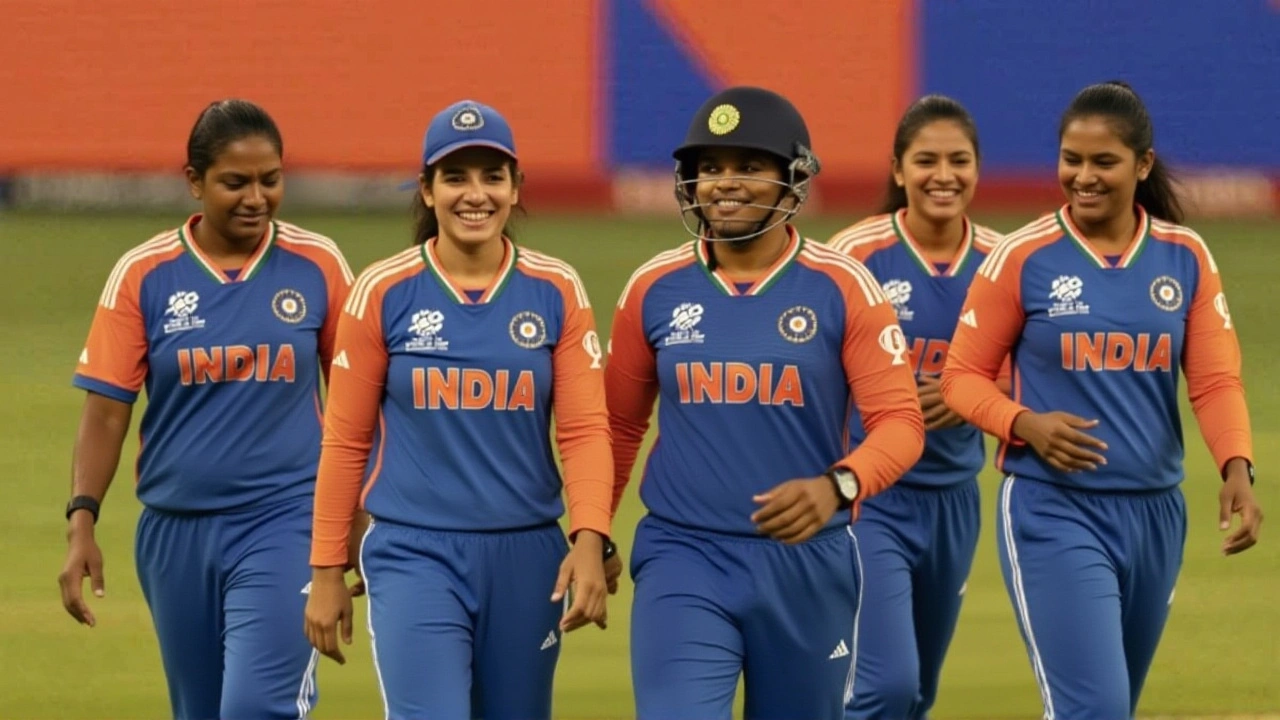India's 9‑run loss to Australia leaves their World Cup berth hanging on Pakistan's result against New Zealand, with net‑run rate deciding the semifinal spot.
Women's T20 World Cup
When talking about Women's T20 World Cup, the premier international tournament that showcases the fastest format of women's cricket, featuring top‑ranked national sides competing for the coveted trophy. Also known as ICC Women's T20 World Cup, it brings together talent, strategy, and fan excitement every few years. The event is governed by International Cricket Council (ICC), the global body that sets rules and schedules for the sport, and it follows the T20 cricket format, a 20‑over‑per‑side style that rewards quick scoring and aggressive play. As the Women's T20 World Cup gains more viewers, its impact on women's cricket grows stronger.
One key semantic link is that the Women's T20 World Cup encompasses international women's teams, meaning every participating side represents its nation’s best players. This connection forces the tournament to require ICC governance, ensuring consistent rules, fair play, and a smooth schedule. Because the competition uses the T20 cricket format, matches are fast‑paced, creating high‑energy moments that attract casual fans and hardcore followers alike. Host nations also provide stadiums and local support, turning each venue into a festival of cricket.
Why the tournament matters now
Recent men's T20 action, like Zimbabwe’s comeback against Sri Lanka or India’s dominant win over West Indies, shows how the short format can produce dramatic shifts in momentum. Those same dynamics apply to the women’s game, where a single over can decide the match. Fans who enjoyed those thrilling finishes often turn to the Women’s T20 World Cup for similar excitement, but with the added storylines of gender equity and emerging talent.
In the lead‑up to the next edition, selectors are watching domestic leagues closely. Performances in competitions such as the Women's Big Bash League or the Indian Women's Premier League are feeding the national squads. This pipeline means the World Cup will feature players who are already comfortable with pressure situations, making every game a showcase of skill and resilience.
The tournament structure itself combines group stages and knockout rounds. Teams first compete in pools, earning points through wins and net run rate. The top sides then advance to quarter‑finals, semis, and the final. This format requires strategic planning on both batting and bowling fronts, as coaches balance aggressive play with the need to preserve wickets.
Another crucial entity is the fan community. Social media spikes whenever a player scores a quick fifty or takes a wicket in the last over. Those moments become viral, drawing new viewers to women’s cricket and expanding the sport’s reach. As the ICC pushes for more broadcast slots, the Women’s T20 World Cup is set to appear on major sports channels worldwide.
From a statistical angle, the average run rate in recent women’s T20 matches sits around 7.5 runs per over, slightly lower than the men’s average but steadily climbing each year. This rise signals improving batting depth and a growing confidence among players to chase bigger totals.
For readers interested in the broader cricket landscape, the site also covers related topics such as the Duleep Trophy, the ongoing monsoon impact on matches in India, and updates on senior men’s tournaments. Those pieces give context to how weather, scheduling, and player workload affect the global cricket calendar, including the women’s game.
What you’ll find in this collection below are concise updates on match results, player performances, and tournament milestones that shape the Women’s T20 World Cup narrative. Whether you’re tracking group‑stage points, analyzing a bowler’s spell, or just looking for the latest headline, these posts give you a snapshot of the action as it unfolds. Dive in to see how the tournament’s story develops day by day.
